How to Get Rid of Clover in Your Lawn (11 Remedies That Work)
-
- Last updated:
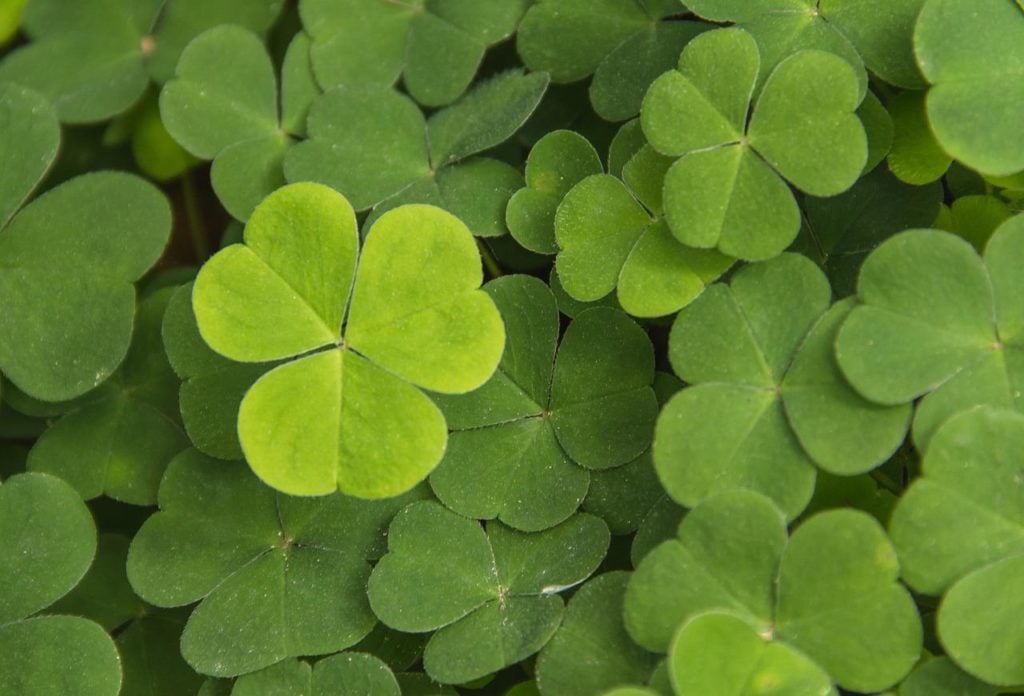
Nothing disappoints gardeners more than spending time and resources beautifying their lawns only to have them muddled by stubborn weeds. One of the most stubborn weeds gardeners come across is clovers, also known as Trifolium repens. Yet despite being stubborn, clover has beneficial properties like nitrogen fixation.
However, many homeowners still do not appreciate when clovers invade their lawns because they attract pests, which love feeding on them. Mowing might help eliminate this invasive species, but this is only a Band-Aid fix because clovers rapidly grow back.
Therefore, if you are committed to getting rid of this intruder from your landscape, you are in the right place. Read on to learn easy remedies to get rid of clovers in your lawn.

How to Identify Clover in Your Yard
Three types of clovers are commonly found in lawns in the U.S., and these include white clover, bed clover, and micro clover.1
Red and white clovers can easily be identified from their sphere-shaped clusters with tiny blooms and three petal-shaped leaves. Each of the leaves has a V shape and is approximately one and a half inches in size. Clovers generally do not grow more than six inches long, although some are known to reach an incredible height of 12 inches in height. White clovers bloom between early spring and late fall, while red clovers bloom between late much and early April.
Micro clovers, on the other hand, can be identified by their leaves, which are half the size of the other clover species. They produce fewer flowers, and their growth is far more widespread and denser than white or red Cloves. Gardeners love these clover species because they grow close to the ground and look uniform growing on a lawn.
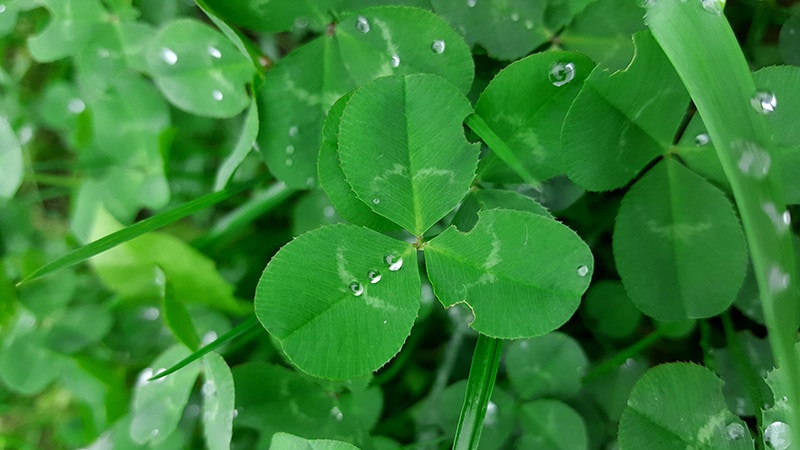
The 11 Remedies to Get Rid of Clovers on Your Lawn
Proper lawn care involves the right mowing methods and regular watering habits. It also includes using clever hacks to get rid of weeds without harming the grass in your lawn. The following are tried and tested solutions that can help you easily remove this invasive species from your lawn.
1. Suppress Them With Nitrogen
From a general perspective, a well-fertilized lawn should help keep weeds at bay. However, by increasing the nitrogen level, you will have a better chance of getting rid of clovers from your lawn. Lack of nitrogen is what promotes clovers to thrive. This perennial plant can produce its own nitrogen, so it is likely to grow rapidly and spread in lawns devoid of nitrogen. To remove the weed, you can use a weed and feed formula. Organic fertilizers are also a viable option if you have a small number of clovers, but if your lawn is overrun, a standard fertilizer that is not slow release should do the trick.
2. Remove the Clovers Manually
If you give clovers the chance to spread, they will overrun your lawn. Fortunately, you can uproot small clumps of the plant as soon as you notice their presence on your lawn. Gently loosen the soil around the base of the plant with your fingers or with a spade, then pluck it up. Ensure to get all the roots out to prevent them from taking root afterward.
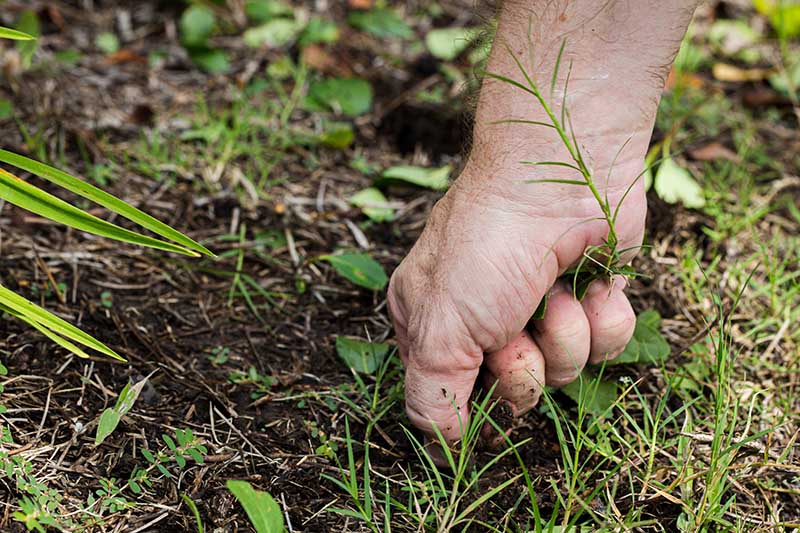
3. Oxygen and Sun Deprivation
Depriving the clovers of sunlight and water is a natural and surefire clover removal remedy. Simply place some plastic sheeting or a garbage bag on top of the clovers ensuring that you secure the corner to prevent it from being blown away. This should kill the weeds in a couple of weeks.
This method is only suitable for large clover patches because if used on small clover patches, the surrounding grass may experience collateral damage. The method is also suitable for getting rid of crabgrass and other weeds growing in a specific area. It requires little effort but yields great results.
4. Douse the Plants With a Homemade Mixture
You can also naturally get rid of clovers using a homemade weed-killing mixture. You can make this simple DIY mixture with household products, including dish soap and vinegar.
Mix the vinegar and dish soap and put it in a spray bottle. Use the spray bottle to spot and treat the clover patches. When spraying, do so with caution to avoid touching the surrounding plants, as it can kill them altogether.

5. Kill the Clovers With Corn Gluten
Corn gluten is a viable natural weed killer because it inhibits the growth of clovers without affecting nearby plants. It produces organic dipeptides, which, when absorbed into the soil, dehydrate clover and other weed seeds, making it difficult for them to sprout.
Simply spread 20 pounds of corn gluten per every 1,000 square feet of lawn. After application, generously water your lawn and allow it to dry. This should kill the clovers growing on your lawn.
6. Kill the Weeds With Herbicide
If natural methods of getting rid of the stubborn clover plants don’t do it for you, then it is time to bring out the big guns. Broadleaf herbicides can effectively get rid of clovers in the lawn. There are many weed control products retailing in the market that generally contain chemicals, such as Dicamba, Dichlorophenoxyacetic acid, and Mecoprop. These acids disrupt normal plant growth patterns, which causes clover stems to crack, the leaves to cup, and the whole plant top to twist.
Granted, these herbicides may not harm the surrounding plants, however; it is not recommended as a regular weed suppression method. It can harm some insects and garden plants, thus affecting your yard’s ecosystem. Therefore, it is best to spot-treat clovers instead of spraying the herbicides all over your lawn.

7. Adjust Your Mowing Height to at Least 3 Inches
While some gardeners prefer the look and feel of a closely cropped lawn, allowing your grass to grow more than 3 inches long can help keep clovers at bay. Clovers have a shallow root system and grow very close to the ground.
Therefore, if you set your mower deck at a raised level and keep your lawn more than 3 inches high, the taller grass will block out the sunlight that reaches clovers in the undergrowth. This will stunt the clover’s growth, consequently preventing the weed from spreading throughout your lawn.
8. Generously Water Your Lawn
Did you know that you can discourage the growth of clovers by maintaining a suitable moisture level on your lawn? Indeed, you can. A turf that is too wet is the ideal habitat for the germination of seeds. Thirsty grass is usually stressed out and tends to invite weeds.
Sure, the amount of watering will depend on grass species and your soil type. However, gardening experts recommend that you constantly monitor your lawn instead of relying on an irrigation system where you set once and forget.
As a rule of thumb, you should water your lawn once or twice a week. Nevertheless, you should only water your lawn once it starts looking dry or the growth of the grass seems stalled.
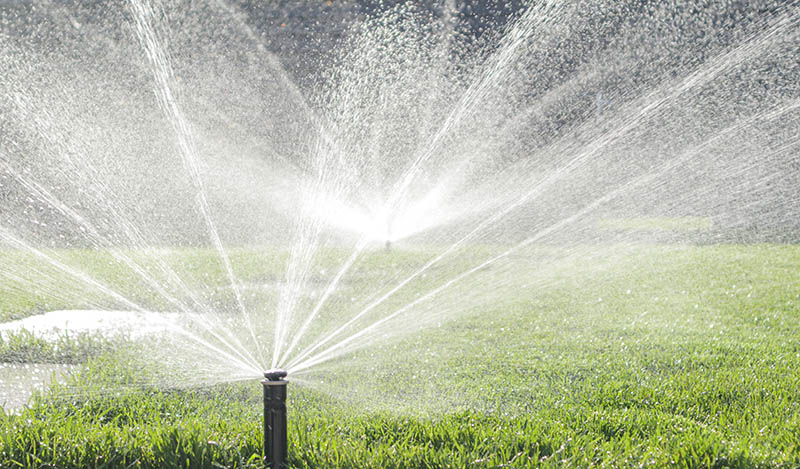
9. Kill the Weeds Naturally With A.D.I.O.S.
If you are an environmentally conscious person, then chemical herbicides are probably a huge no in your yard. In such a case, you might want to consider organic weed-killing alternatives like A.D.I.O.S., which stands for Advanced Development in Organic Solutions.
A.D.I.O.S. is an odorless, non-toxic, and all-natural selective weed killer that is safe for use around pets, children, livestock, water bodies, and garden crops. This organic weed killer not only weakens but also kills clovers without harming the surrounding healthy grass.
Simply spray the solution directly on top of clovers and other weeds in your lawn, including yellow mustard, dandelions, and lambs-quarters. It is also effective against noxious and invasive plant species, such as poison ivy, buckthorn, sumac, and ragweed, among others.
10. Plant Grass Seeds on the Bald Spots
After successfully getting rid of clovers from your lawn, there are going to be some bare areas (where the weeds were) that can make your yard look less attractive. The best way to get rid of the bald spot patches is to plant grass seeds immediately afterward and cover them with a layer of mulch.
This way, clovers will not have the space to grow again. Water the seeded grass regularly to promote new growth and then adopt proper lawn care and maintenance practices to prevent the clovers from returning.
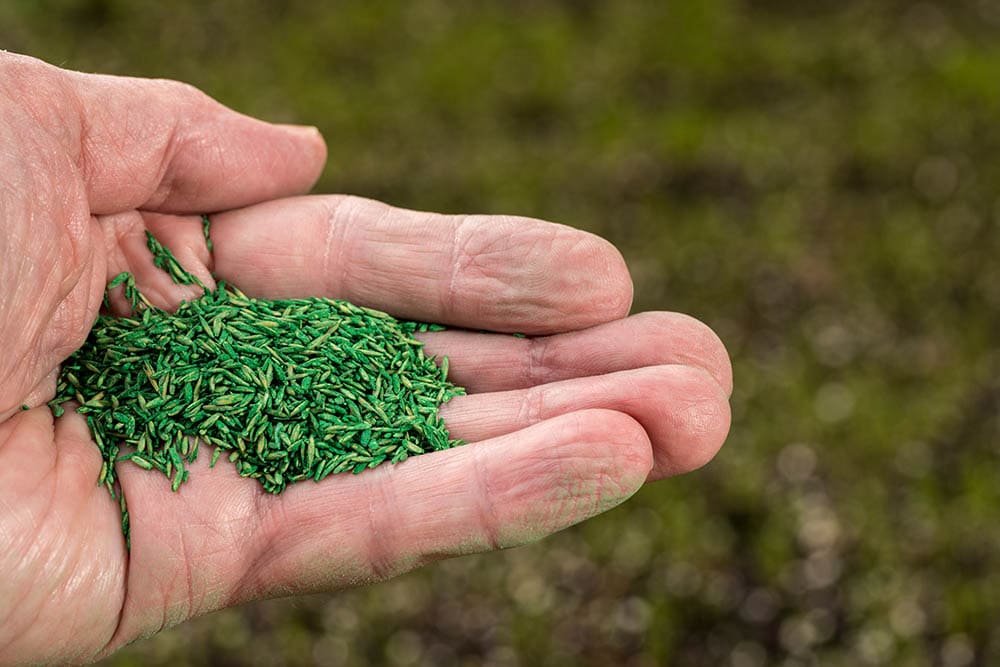
11. Burn the Clovers With Ammonia
Ammonia is a useful weed suppression product that can be purchased at your local store. When using this product, be cautious to avoid burning the surrounding plant life. The best time to apply ammonia on your lawn is a day after it has rained. If you are not patient enough to wait for rainfall, water your grass before application.
Garden experts, however, do not recommend using household ammonia. Instead, look for ammonia sulfate because it is specifically designed for lawn applications. Follow the packaging instructions and use it on your lawn at least once a month. For optimum results, use ammonia treatments with lots of water.

Conclusion
Clovers growing on the lawn may be considered a menace in some circles, but they are not all bad. They are hardy, drought-tolerant plants that can thrive in almost any condition. They can be great ground cover plants when nothing else will grow and will beautify your yard with their flowery blooms and lush green colors.
Despite the obvious benefits of clovers in a yard, some gardeners would rather the invasive species not grow in the yard because they affect landscaping. In such a case, you can get rid of the plant using natural methods like smothering, plucking, or watering your lawn. Alternatively, you can kill them with nitrogen, adjust your mowing level or simply douse them with a homemade mixture of dish soap and vinegar. When these methods don’t work, you can use organic weed killers or herbicides.
Featured Image Credit: wagrati_photo, Pixabay
Contents

